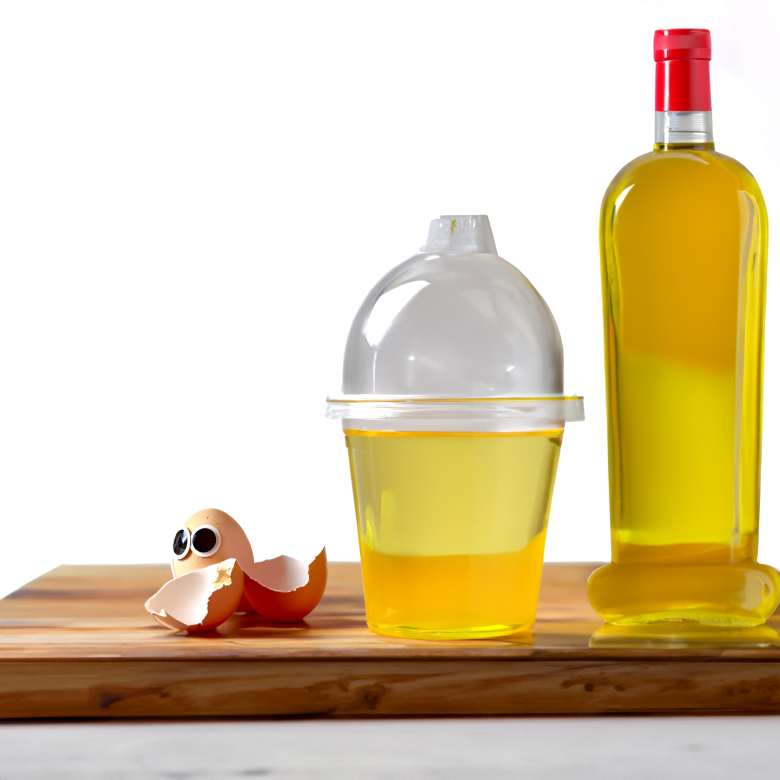You’ll need
- Blu Tack
- 2 pieces of eggshell
- 2 clear plastic cups
- Vinegar
- Water
What to do
- Gather your materials on a flat surface.
- Use the Blu Tack and the pieces of eggshell to make 2 sea creatures with shells like snails, crabs or clams.
- Place 1 creature at the bottom of each clear plastic cup.
- In 1 cup, pour in the vinegar until the creature is covered.
- In the other cup, pour in water until the creature is covered.
- Leave the sea creatures in the cups for 10 minutes and watch what happens to the eggshells.
- Pull the creatures out of the cups and break each piece of eggshell in half.
Questions to ask
Did you see any differences between the vinegar-soaked eggshell and the water-soaked eggshell? Which shell was easier to break in half?
Did you see anything happening in the vinegar or water? Was there a difference between the 2 cups?
What do you think would happen if the eggshell was soaked in vinegar for longer? Try the experiment again but leave the eggshell – or a whole raw egg! – in vinegar overnight.
What’s happening
Acids and bases are kinds of chemicals. Vinegar contains acetic acid, so it is acidic. The eggshell contains calcium carbonate, making it slightly basic (another word for this is alkaline).
When the vinegar is added to the eggshell, a chemical reaction happens. The vinegar dissolves the eggshell, producing bubbles of a gas called carbon dioxide, or CO2.
Our oceans can absorb carbon dioxide. When this happens, seawater becomes more acidic.
Tests can show how acidic or basic a solution is. The tests measure a quantity called pH. The pH scale goes from 0 to 14. A pH of 7 is neutral. A pH of less than 7 is acidic. The closer to 0 the pH is, the more acidic the solution is. A pH of more than 7 is basic. The closer to 14 the pH is, the more basic the solution is.
The pH of vinegar is about 2.4. Seawater has a pH of 8.1, so it is a bit basic. Seawater today is less basic (more acidic) than it used to be. In fact, the pH has dropped 0.1 units since human activity started making lots of carbon dioxide.
You may think that 0.1 units does not sound like much. But it means that there are about 10% more acid molecules in the water than before. Scientists predict that, over the next 100 years, the ocean will get more acidic. It could reach a pH of about 7.8 to 7.9. This would be a big change – there would be 30% more acid molecules in seawater than there are now.
This increase in acidity will affect many plants and animals that live in the ocean. Animals like starfish and clams use calcium to build their shells or skeletons. It will be harder for these creatures to take calcium from the water. If the ocean becomes too acidic, the shells or skeletons of sea creatures will start to dissolve. They may not be able to survive.








